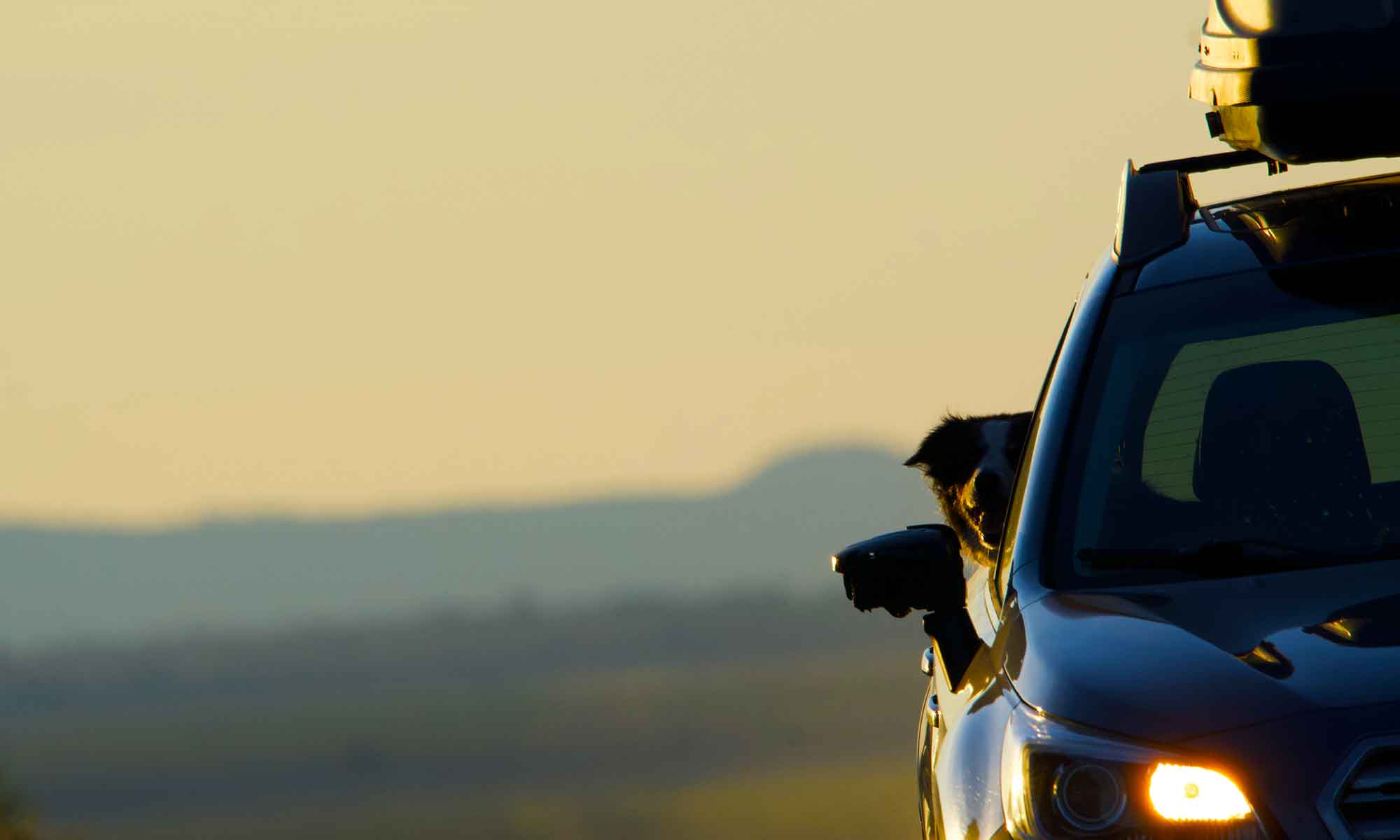
I may have mentioned adding a streamer box to our fishing sling pack. To fill that box, part of this week was spent at the tying bench working on streamer patterns. The other part was spent doing some on-river testing.
As this will require a laboratory we chose a small stretch of the John Day River.

River access to the John Day is a problem. There’s no shortage of fishable water if you have a boat … well, and a permit.

To gain wadeable access (a stream bank within walking distance of a safe parking space) we chose a spot 40 river miles upstream from the Columbia . . . a place called Cottonwood Canyon.
Cottonwood bridge and J.S Burres SP are more than just boat take-outs. Where OR 206 crosses the John Day River there is a fairly new state park. In it you’ll find walking paths paralleling a wide gravel bank positioned opposite perfect holding water for Small Mouth Bass.
As a bonus, picnic tables sit under shade trees on a grass lawn right next to day-use parking. Only downside … it’s a long drive.

Bass are warm water lovers, be mindful that warm is a relative term. There are plenty of reservoirs and lakes in Central Oregon with good bass fishing. Unlike their large mouth cousins, Small Mouth Bass take to moving water.
As the John Day’s water temperature rose the small mouth moved in. At roughly the same time there was a notable drop in seasonal Steelhead run. To some, bass in the John Day is an invasion, but it’s not unlike the introduction of German Brown Trout to western waters.

 Like Brown Trout, Bass are hunters thus streamer patterns are effective. Presentation requires stripping line over holding fish.
Like Brown Trout, Bass are hunters thus streamer patterns are effective. Presentation requires stripping line over holding fish.
I was successful this summer in bringing them to the surface and trust me, the hook up is a kick. However, as the water temperature drops so do the feeding lanes, which is pretty much river fishing in the winter; regardless of species. For this, instead of tiny bead head patterns on dual rigs, you swing weighted minnow patterns about the size of your thumb.

 Winter on the Deschutes has Redside trout using folds in the current to hang out, while the river brings dinner.
Winter on the Deschutes has Redside trout using folds in the current to hang out, while the river brings dinner.
Small Mouth Bass hold near the bottom waiting on small fish, their meal includes a chase.
Sunny days are as abundant as wind in this part of the state. Our visit was on a sunny day, perfect for a winter outing.

The trip didn’t include any catching, but there was a lot of casting. More trips have been added to our calendar, as well as more time at the tying vice.









 Over the centuries the John Day River has carved open the land to expose ancient history.
Over the centuries the John Day River has carved open the land to expose ancient history.












 Forty miles upriver from the Columbia OR 206 crosses the John Day where the Murtha Ranch used to sit.
Forty miles upriver from the Columbia OR 206 crosses the John Day where the Murtha Ranch used to sit.




 Then spent the afternoon catching bass and enjoying this beautiful and quiet stretch of the John Day River.
Then spent the afternoon catching bass and enjoying this beautiful and quiet stretch of the John Day River.







